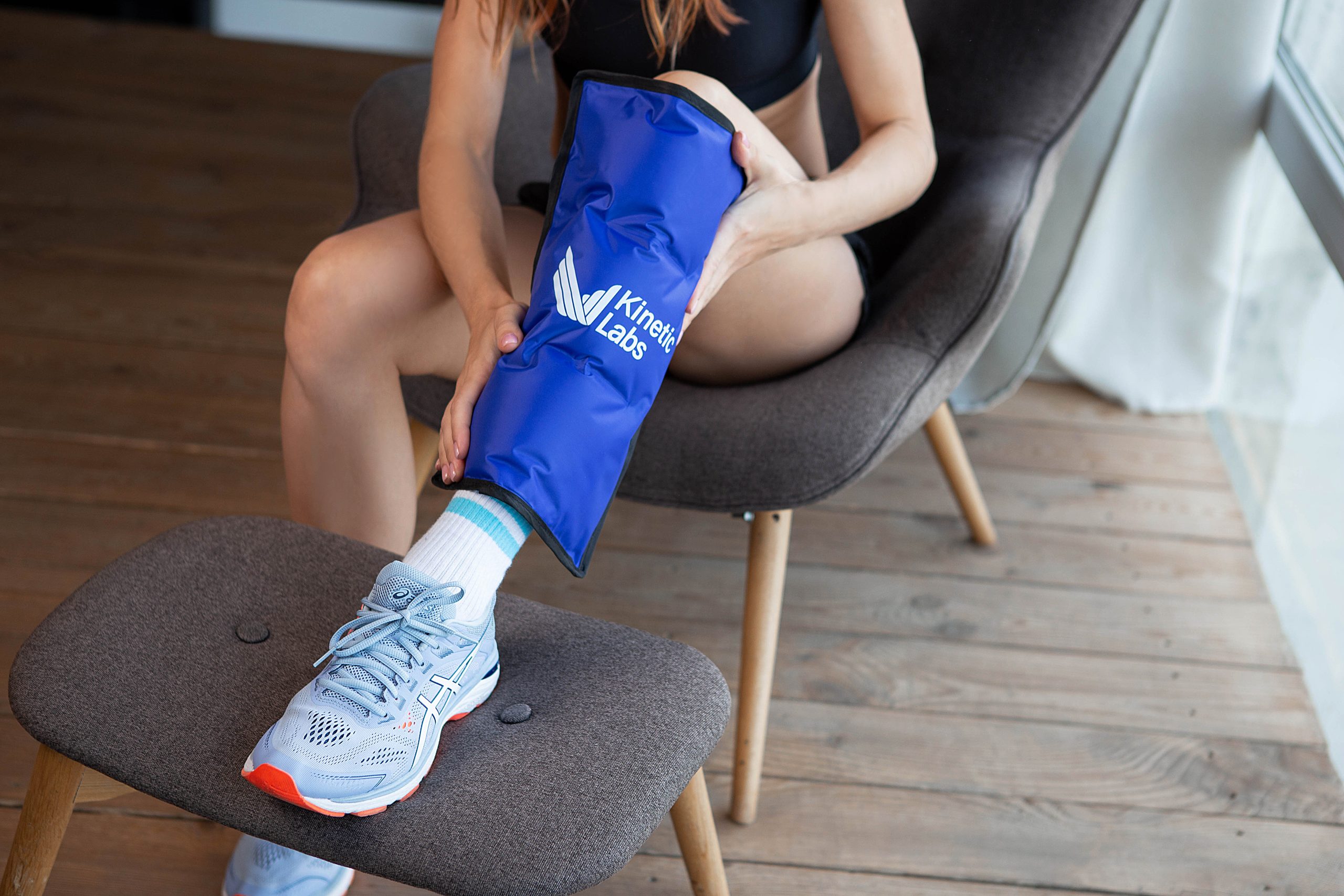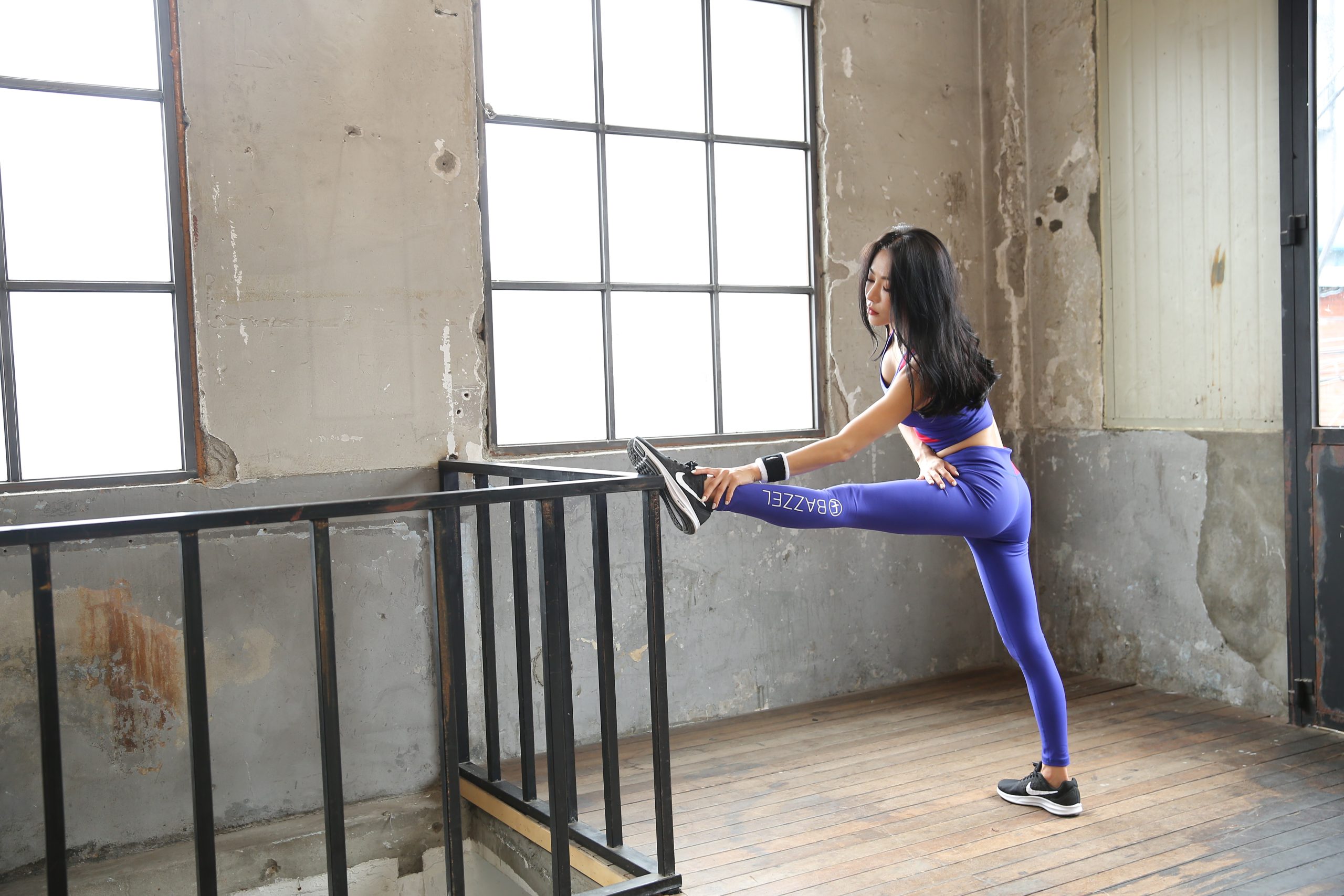Should I work out with sore muscles? Answering the Age-Old Question
The question “should I work out with sore muscles” is a common one among fitness enthusiasts and athletes. Exercise and muscle soreness often go hand in hand, but many people are unsure of whether or not they should push through the pain and workout with sore muscles. The common belief is that working out with sore muscles can lead to injury and prolong muscle soreness. But is this always the case? In this article, we’ll take an in-depth look at the science behind muscle soreness and the potential benefits and drawbacks of working out with sore muscles. We will also provide guidelines and tips on how to make the best decision for your body and fitness goals.
The Science of Muscle Soreness
Muscle soreness after a workout, also known as Delayed Onset Muscle Soreness (DOMS), occurs when muscle fibers tear during exercise. This type of muscle damage is a normal and necessary part of muscle growth and adaptation, but it can be uncomfortable. The tears in the muscle fibers trigger an inflammatory response and repair process, which leads to pain and stiffness. This muscle soreness after a workout can affect exercise performance, causing decreased strength and range of motion. However, it’s important to note that muscle soreness is not always bad and it’s a sign that muscles are adapting and growing.
The Pros of Working Out with Sore Muscles
“Should you workout when sore?” is a question that many fitness enthusiasts and athletes often ask themselves. Working out with sore muscles can have its benefits. Light exercise, such as a light cardio or stretching, can actually help to reduce muscle soreness after a workout in the long term. This is because light exercise can increase blood flow, which can aid in muscle recovery and decrease soreness. Additionally, working out with sore muscles can help to improve muscle flexibility and range of motion. Many athletes and fitness enthusiasts find that working out with sore muscles can also improve mental toughness, as it forces you to work through discomfort and push through the pain. Furthermore, working out with sore muscles can help to prevent injury, as it can increase muscle strength and stability.

The Cons of Working Out with Sore Muscles
The question of working out when sore is a common one among fitness enthusiasts and athletes. While there are certainly benefits to working out with sore muscles, it is important to also consider the potential drawbacks. One of the main cons of working out when sore is the risk of injury. Intense exercise can exacerbate muscle damage and prolong muscle soreness. This is especially true if the soreness is caused by an injury or overuse.
Intense exercise when sore can also inhibit muscle recovery. This can be counterproductive, as the muscles need time to heal and repair in order to grow stronger. In some cases, working out when sore can even lead to a setback in progress and performance.
Another con of working out when sore is that it can be mentally and physically taxing. It can be challenging to push through the discomfort and pain, and it can make exercise less enjoyable. This can make it harder to stick to a workout routine in the long term.
It’s important to weigh the pros and cons of working out when sore and make a decision that’s best for your body and fitness goals. And always remember to listen to your body and if something feels off, stop and take rest.
Workout Recovery: How to Ease Muscle Soreness
Hot and cold therapy is a popular method for reducing muscle soreness and improving muscle recovery. Using a heating pad or taking a warm bath before exercise can help to increase blood flow and prepare the muscles for activity. After exercise, using an ice pack or taking a cold shower can help to reduce inflammation and soreness.
It’s important to note that the timing and duration of the therapy, as well as the temperature, are crucial. Applying heat or cold for too long or at a temperature that is too high or too low can be uncomfortable and even cause damage. It’s best to start with a moderate temperature and adjust to the individual’s comfort level.

It’s also important to mention that hot and cold therapy should be used in conjunction with other forms of recovery, such as stretching, rest and proper nutrition, to achieve the best results. If you’re still unsure, whether you should use ice or heat for sore muscles, read this guide.
And if you have a medical condition, it is best to consult with your physician before trying any of these methods as they may not be suitable for everyone.
How to Decide Whether to Work Out with Sore Muscles
When trying to decide whether or not to work out with sore muscles, it is important to take into consideration the following factors:
- The cause of the soreness: If the soreness is caused by an injury or overuse. In this case it is best to avoid working out until the soreness subsides.
- The intensity of the soreness: If the soreness is mild, light exercise may be beneficial. However, if the soreness is severe, it is best to avoid working out until the soreness subsides.
- The type of exercise: Light exercise, such as a light cardio or stretching, may be beneficial for reducing muscle soreness. Intense exercise, such as heavy weightlifting or high-intensity interval training, should be avoided if the soreness is severe.
- The overall health and fitness goals: It is important to take into consideration one’s overall health and fitness goals when deciding whether or not to work out with sore muscles. If working out with sore muscles is likely to inhibit progress or cause injury, it is best to avoid it.

It’s also important to listen to your body. If something feels off, stop and take rest. And if you are unsure about what to do, consulting a physician or a personal trainer could be a good idea.
Conclusion
In conclusion, the question of whether or not to workout when sore can be a tricky one. While light exercise can aid in muscle recovery and decrease soreness, intense exercise can exacerbate muscle damage and prolong soreness. It is crucial to take into account the cause of the soreness, the intensity of the soreness, the type of exercise, and your overall health and fitness goals when making the decision to workout when sore. Additionally, always pay attention to your body, if something feels off, stop and take rest. Consult a physician or personal trainer if in doubt. By keeping these factors in mind, you can make the best decision for your body and fitness goals.

